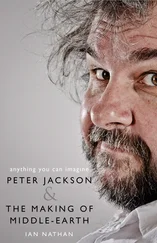The main mistake that causes athletes to get hurt and have accidents is the feeling that you can
do anything. It if happens, you let yourself relax and lose your vigilance.
with your bike, the false sense that you in control and everything is nothing to you now could be disproven in a heartbeat.
Unfortunately, that's what happened to me. Unexpectedly for everybody and first of all for myself, I got injured during the cycling stage.
It happened during a training camp in Cyprus. We used to go there often on short trips, especially when the weather at home, in Samara, wouldn’t let us train anymore. During cycling training, I got my front wheel colliding with the back wheel of the cyclist riding in front of me, lost my balance and tumbled off the road. It all happened in the blink of an eye: I can’t remember the
fall, but according to eyewitness accounts, it was an impressive sight to behold.
We were cycling on a highway, and I was still lucky there was neither oncoming nor following traffic. And it was a good thing that roadside bollards in Cyprus are made of plastic…
As a result of the fall, my left shoulder was badly injured with all my ligaments and tendons torn. It hurt, but the most unpleasant thing for me was the news that I would not be able to have a proper training for almost six months. Which means I was going have to start all over again later. All my plans for the next year were disrupted. It is still unknown how long it will take for me to recover, and in what physical condition I will approach the competition.
ABOUT THE ATHLETE’S HEALTH
Before starting training, a beginning ironman should find a sports doctor, consult with them and get at least a minimum medical check-up.
Before starting training, a beginning ironman should find a sports doctor, consult with them and get at least
a minimum medical check-up.
It's mandatory to take blood and urine tests. You need to find out what is missing in your body and prepare it for
severe physical exertion. In addition, it wouldn't hurt to check the heart, and necessarily under stress. A cardiac stress test means an examination either on a treadmill or on a stationary bike. The doctor analyzes the resulting cardiogram to determine the maximum and best heart rate under exertion.
For a start, it is extremely important to know your maximum heart rate, at least theoretically. You must not exceed this threshold. It is also useful to know the working range of your heart rate, at which you’d be able to withstand physical exertion for a long time.
Be sure to determine your heart rate, otherwise you will train blindly and stupidly.
The upper limit of the working range is exactly the boundary between your aerobic and anaerobic ranges.
Aerobic mode is the mode where your body has enough oxygen and you can talk comfortably enough. In this mode, your muscles work without overloading, and it is enough time for lactic acid to disperse.
Anaerobic mode is the mode where oxygen deprivation is created and lactic acid in your muscles does not have time to disperse. After some time in this mode, your muscles are likely to fail.
If you continue to exercise in aerobic mode, there will be a moment when you begin to lack breath, and it becomes strained and intermittent. That means you’ve hit the aerobic threshold.
The main task of an athlete is to shift the boundary between these modes and increase the aerobic range, and this is achieved by training. If you train, all your performance indicators will change for the better over time. This can be confirmed by a second visit to the sports doctor, who will record your success.
You will find a lot of information on how to deal with your heart rate and aerobic and anaerobic thresholds in specialized literature. The above is a very simplified method, but it is workable enough, especially if you are at the beginning of your sporting journey.
Be sure to determine your heart rate, otherwise you will train blindly and stupidly.
NECESSARY EQUIPMENT
In order to make your training effective and to succeed in competitions in the future, it is very important to choose the right equipment. Here is a list of necessary items and specific models formed on the basis of my experience:
1) sports watch;
2) velocity sensor;
3) heart rate sensor;
4) cadence sensor (cadence is the rate of the bike’s pedals turning).
SPORTS WATCH. Garmin 910 and later models are, in my opinion, the best in quality-price-capability, proven by time and practice of races. The following data fields on the screen of Garmin 910 are set up for the running stage (Fig. 1):
time (timer); pace; distance; heart rate.
For the cycling stage, the following fields are set up (Fig. 2):
a) on the first page: speed; cadence;
heart rate; slope.
b) 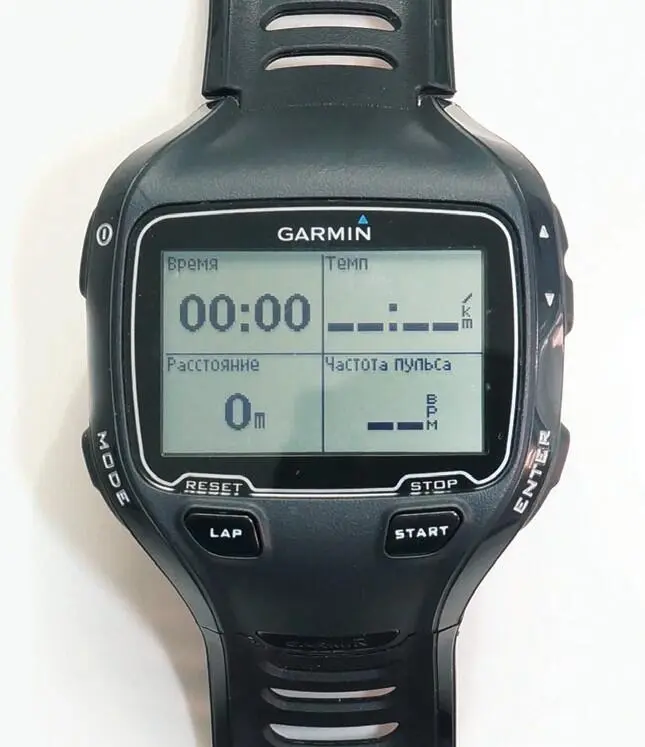 on the second page: speed;
on the second page: speed;
average speed; time (timer); distance.
Fig. 1. Setting up Garmin 910 data fields for the running stage

Fig. 2A, 2B. Setting up data fields on the first and second pages of the cycling stage
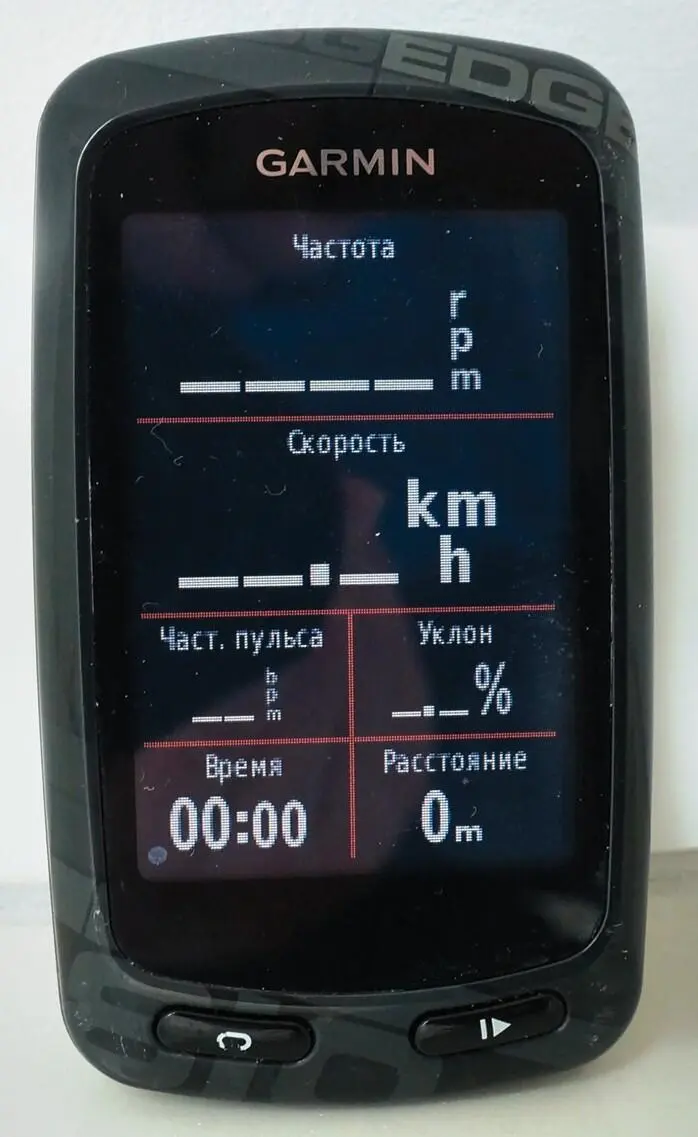 The following fields are set up in Garmin 810 for the cycling stage (Figure 3):
The following fields are set up in Garmin 810 for the cycling stage (Figure 3):
Fig. 3. Setting up data fields of Garmin 810 fields for the cycling
cadence; speed; heart rate; time (timer); distance; slope.
SPEED SENSOR.
Technically, Garmin watches have a built-in GPS sensor that will determine your speed, but its readings depend on the quality of satellite signal reception. With a speed sensor, you will be not dependent on the satellites, and your speed data will be more accurate. But you can easily go without it.
HEART RATE SENSORshows the number of beats of your heart per minute (Fig. 4).
By using this parameter, you can monitor your overall physical condition during training and at competitions, the impact of physical exercise on your body, plan your training loads, analyze the results achieved and determine your progress in sports development. All this is quite possible for an amateur athlete.
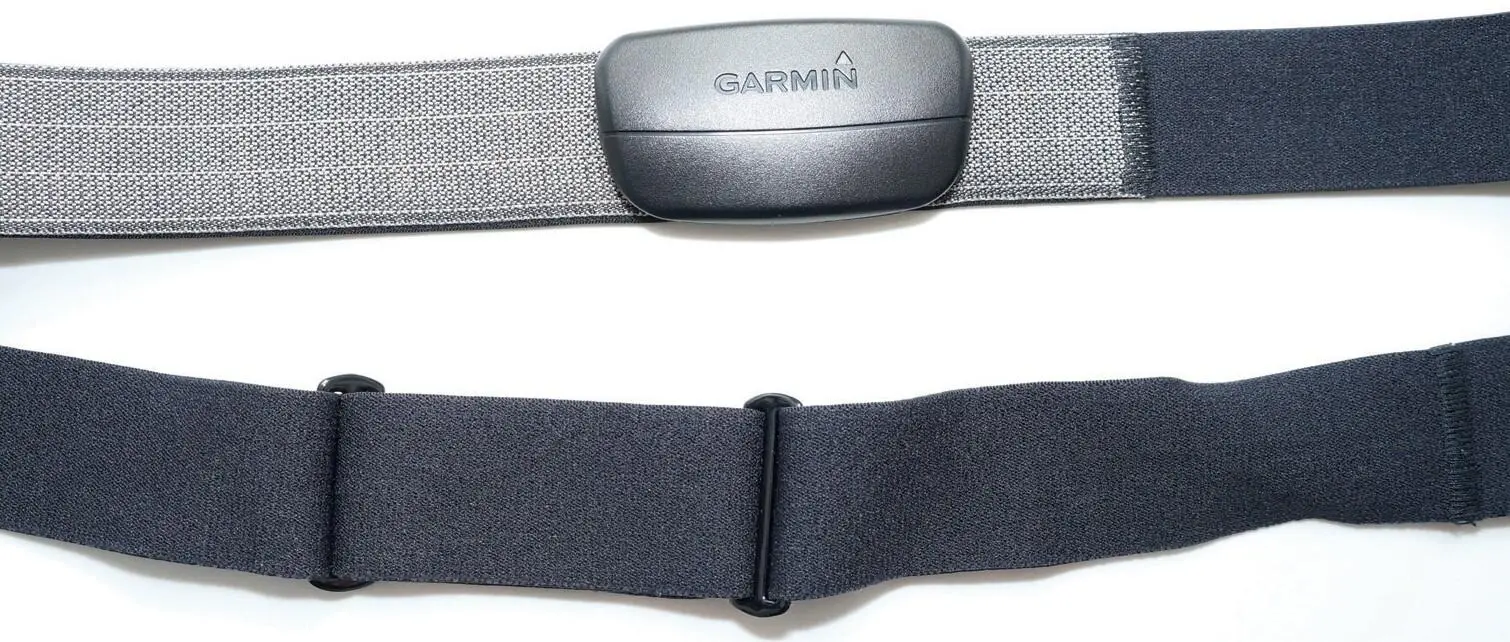 Fig. 4. Heart rate sensor
Fig. 4. Heart rate sensor
It is easy to keep your heart rate in check, just buy a heart rate monitor and connect it to Garmin.
Monitoring your heart rate is the best way to keep an eye on your condition concerning the price-performance ratio. A power sensor can also be used for planning and monitoring your training. This is a very useful but very expensive thing. Relatively cheap models, unfortunately, are not yet reliable enough.
At the initial stage, it will be enough to focus on heart rate monitoring. You need to know and remember: is it possible to overcome the Ironman distance, as well as the Half ironman and the Olympic distance, only in aerobic mode. This is especially true for beginners.
CADENCE SENSORshows the number of pedal revolutions per minute (Figure 5).
This is a very important part of your training. With a heart rate monitor you keep in check your whole body; it helps to protect the heart. Cadence sensor makes it possible to monitor your undercarriage (which is your legs) and optimize the load on them. For the running stage, there is also a special speed and distance sensor, with which you can monitor the cadence, here meaning the number of steps per minute. It is mounted on one of your running shoes and serves as an alternative to the GPS sensor. It is convenient to use it during training indoors, in gyms, on treadmills where it is impossible to catch satellite signal.
Читать дальше
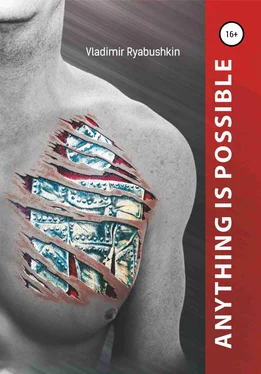
 on the second page: speed;
on the second page: speed;
 The following fields are set up in Garmin 810 for the cycling stage (Figure 3):
The following fields are set up in Garmin 810 for the cycling stage (Figure 3): Fig. 4. Heart rate sensor
Fig. 4. Heart rate sensor





